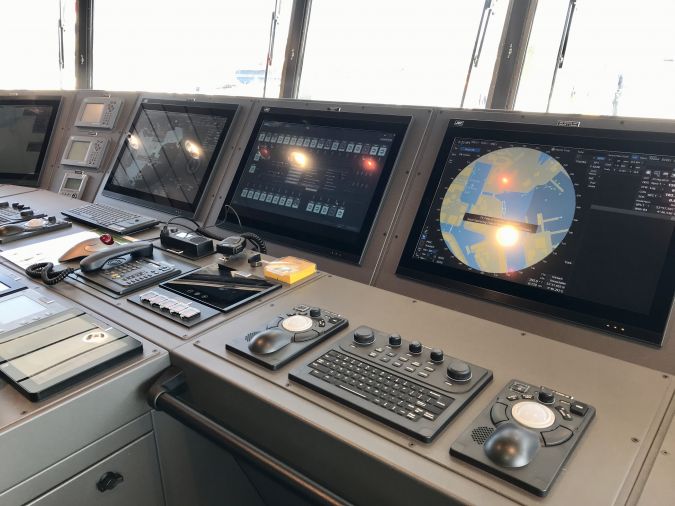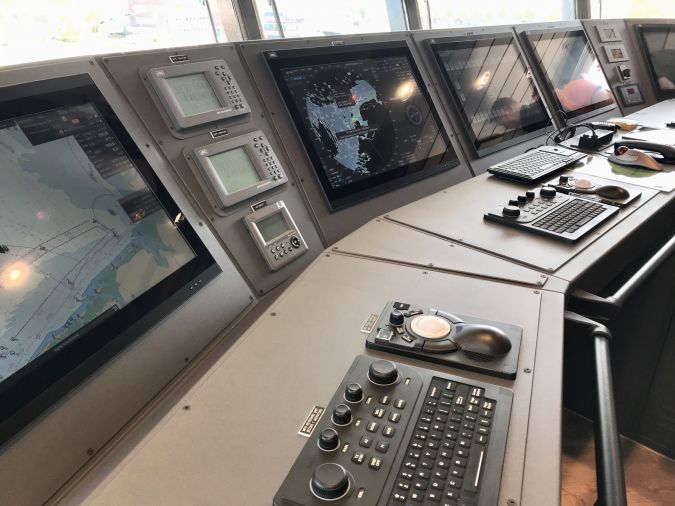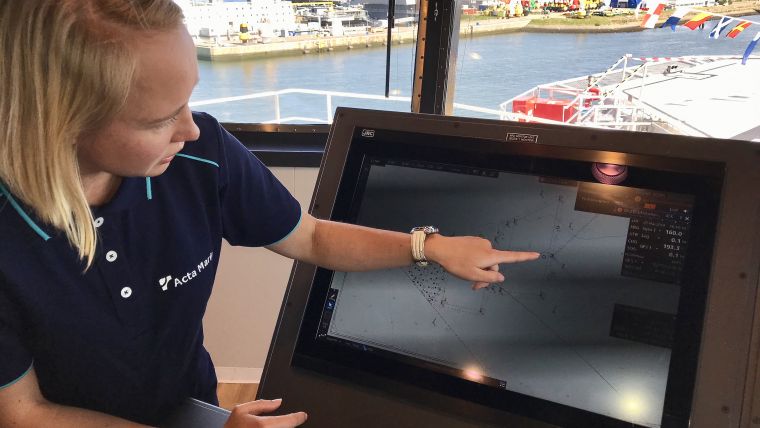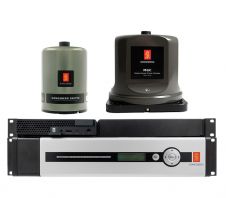Will Hydrographic Geospatial Data Pass the Fit-for-purpose Test?
Build a Forward-thinking Marine Community
In 2017, OceanWise outlined the work of the UN-GGIM. The Committee of Experts endorsed the terms of reference for establishing a Working Group on Marine Geospatial Information. Here, Dr Mike Osborne and John Pepper provide a timely update on what has been happening since then.
The United Nations Committee of Experts on Global Geospatial Information Management (UN-GGIM) aims to address global challenges relating to how geospatial information is created, managed and utilized. The UN seeks to overcome these challenges by improving access to fit-for-purpose geospatial information and for it to be an essential enabler on meeting the global community’s Sustainable Development Goals (SDGs). SDG 14 refers to life below water and several other SDGs also have a marine component.
Nobody Left Behind
The terms of reference of the newly formed United Nations Working Group on Marine Geospatial Information (UN-WGMGI) are focused at a policy level, raising awareness and highlighting the importance of reliable, timely and fit-for-purpose marine geospatial information to support the administration, management, and governance of the marine environment.

To deliver this, the working group is encouraging the use of internationally agreed frameworks, systems, and standards, to improve the relationships between people and the marine environment and to support the committee of experts in developing the availability of high-quality and reliable regional capacity-building initiatives. This is aligned with the UN-GGIM’s wider mantra of ‘nobody left behind’.
Hydrographic Data and Information
It is no coincidence that the objectives of the UN-WGMGI mirror those of the IHO Marine Spatial Data Infrastructure Working Group (MSDIWG). Established in 2007, the MSDIWG has done much to promote and foster the wider use, and re-use, of hydrographic data and information. The IHO C-17 document first published in 2009 still provides an excellent reference text for those wanting to know more about marine spatial data infrastructure.
In 2016, the Open Geospatial Consortium (OGC) Marine Domain Working Group was established to act as a focal point for OGC activities and to present interoperability requirements, use cases, pilots and implementations of OGC standards within the marine geospatial community. As with the UN-WGMGI, this group helps to build understanding between the marine and geospatial communities.
As an example of how this is being achieved, one of the outputs from the recent inaugural face-to-face meeting of the UN-WGMGI in Busan, Republic of Korea, in early March was to ask OGC to compile a non-technical guide on the different standards and their roles in spatial data infrastructure (SDI).
Aims of the Working Group
The fact that the aims of these three working groups are so closely aligned is of great benefit, as witnessed at the first joint meeting. There, it was agreed to pursue these aims and create a common set of objectives and a joined-up work plan, supported by the technical capability of the OGC and the weight of the UN in influencing policy at a national level. The first meeting of the UN-WGMGI marked a major milestone in the evolution of marine geospatial information management and re-use.
Data More Freely Available
With the backing of the UN and links to the OGC, the hydrographic community now has more reason than ever to pursue an agenda much wider than just safety of navigation. This means the members of the community should make their data more freely available and be encouraged to move towards managing and making it available in such a way as to support a wider range of products and services, into non-traditional markets.MSDI is often seen as being separate from a national hydrographic office’s main purpose of providing nautical charting and publications. 
This viewpoint could not be farther from the truth, as all the basic principles of MSDI – to manage data centrally, to consistent standards, and to improve how data and information is exchanged between stakeholders – apply equally to navigational safety as they do to any other application area, be it marine spatial planning and licensing or emergency planning and response.
Marine Geospatial Data Ecosystem
For national hydrographic offices, this new way of working represents a real challenge. Not only do they have to educate their workforce and adapt their processes to traditional ways of working to produce data (and not a product) that is central to their operations, but they also need to assess which types of geospatial information they are responsible for, and which other data authorities they need to connect with.
If national hydrographic offices embrace this new way of working, they will form part of an overall ‘marine geospatial data ecosystem’. The issues of data quality (see box), lifecycle and ultimately governance are key success factors so that they as data originators along with value-added resellers and an expanding range of users will be much better off, and the goals of the UN-GGIM can be met.
There is much work still to do, but already some key issues are being identified that provide the evidence for further work. Making existing product data more easily accessible as a legitimate means to accessing marine geospatial information can only go so far, but its a start. There are so many reasons why a nautical chart is not fit for any other purpose than navigation: shoal-bias, discontinuities across chart boundaries, and features that are removed or modified for reasons of safety, to name but a few.
Coordinated Effort is Required
Issues of data quality must be addressed in terms of creating products and services that meet the exact needs of users. Succumbing to the temptation of making navigation product data – or the source data, such as individual hydrographic surveys – more accessible is to miss the point. The former can be misleading, and the latter can result in a significant amount of data processing requiring specialist software to get the data in a fit state to use in GIS, for example. What is required is a coordinated effort to create a range of products and services that have an authoritative and comprehensive base, that are fit for purpose for the application they are designed to support. Navigation is one such application, but there are many others.
This all emphasizes even more strongly the need for fundamental change and improvements in how marine geospatial information is viewed and managed. The first meeting of the UN-WGMGI made this point loud and clear. Let’s hope it will go from strength to strength and we can continue to build a marine community that is forward thinking, inclusive, responsive and meets the aims of the UN-GGIM and beyond.

Value staying current with hydrography?
Stay on the map with our expertly curated newsletters.
We provide educational insights, industry updates, and inspiring stories from the world of hydrography to help you learn, grow, and navigate your field with confidence. Don't miss out - subscribe today and ensure you're always informed, educated, and inspired by the latest in hydrographic technology and research.
Choose your newsletter(s)
























